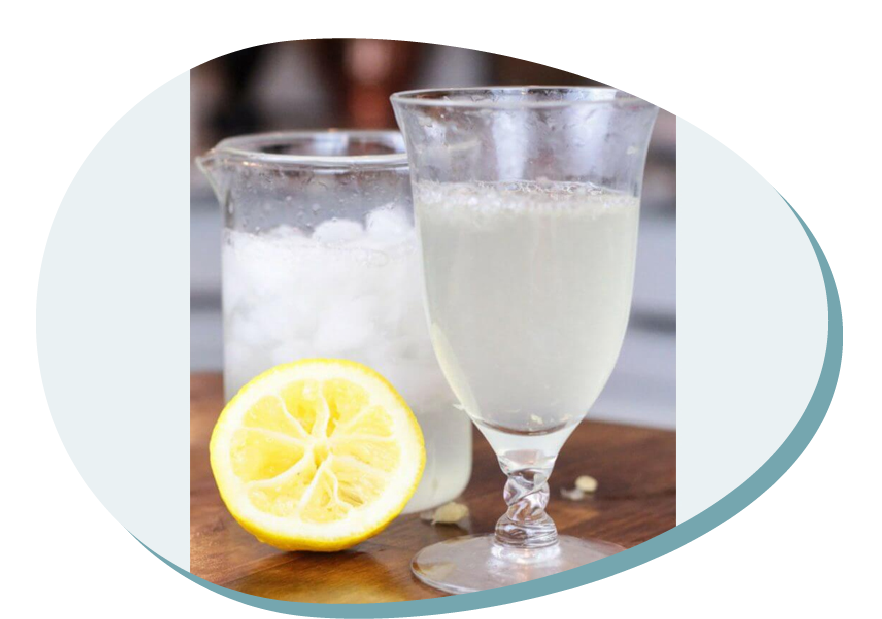Fizzy lemonade with baking soda
Type of resource: website, guidelines, video
Web address https://littlebinsforlittlehands.com/fizzy-lemonade-science-project/
Language: English
Description
Experiment with lemon and baking soda to see the reaction they make when mixed.
Scientific concept introduced
Acid, base, chemical reaction
Creative and critical thinking
To explore with substances that can react, gases production and change of color
Mathematical reasoning
To measure the amount of juice and soda needed.
Scientific thinking
To ask questions.
To analyze the differences.
To develop the ability to observe and discover.
Learning how to learn
Motivation to learn and engage.
Additional
Use of hand-eye coordination.
Fizzy lemonade with baking soda
Overall aims
To develop the ability to observe and discover
To enhance the interest of experimenting and manipulating with different aliments and materials.
To know the existence of fizzy chemical reactions
To demonstrate the presence of gases
To develop de sense of taste
Vocabulary – keywords should be understood
reactions, lemonade, sugar, gases, water, bubbles, acids, bases
Expected learning outcomes (operational aims)
To explain a simple chemical reaction
To carry out an experiment
To discover the existence of reaction between bases and acids
To recognize the acid aliments and their properties
STEM skills – to which the learning unit is related to
CORE STEM SKILLS
● Asking questions.
● Designing experiments.
● Drawing conclusions based on results.
● Motivation to learn and engage.
● Relate facts and phenomena.
Teaching methodologies/activity outline
This is simple science to kids who love to explore with the senses. The fizzy lemonade science project is perfect for summer and offer kids the opportunity to explore fizzy chemical reactions with their tongues too.
1- Lest go to see what we need to start the experiment:
Give them the following elements: sugar, water, lemon, baking soda, food coloring, plates, glasses, chopsticks, kid friendly knives and spoons.
2- Prepare and develop the experiment:
The experiment has two parts
1. Let’s see the acid-base reactions: take a lemon and break it in half, on the inside of the lemon and after making some small holes with the wooden sticks, add some soda powder. Immediately, it will be seen how a reaction occurs in which many bubbles come out. You can also add food coloring and see the color changes that occur.
2. Let’s make a lemonade with bubbles: after squeezing the lemon with a simple juicer, add the juice to a few glasses of sugar water and stir everything. Then add some soda powder and taste the mixture.
3- Results of the experiment:
3.1. When a food coloring is added to the lemon it shows a color determined by the acidic environment of the lemon, when soda is added to the mixture the color changes because the medium becomes basic.
3.2. When exposed to a moderately strong acid (lemon acid in this case), soda or sodium bicarbonate decomposes into carbon dioxide (gas) and water, producing a characteristic fizz (bubbles). If baking soda is added to a summer fresh lemonade, kids can feel the bubbles produced in their tongue.
4- Conclusion:
Kids can learn how to make colors change depending on the acid or basic substance they use and make a fuzzy reaction with carbon dioxide bubbles.
With this experiment kids can also work on the sense of taste.
Assessment of learning
Initial evaluation
– Get to know the previous knowledge about acid and bases, gases, chemical
reactions, sense of taste…
Continued evaluation
– Listen, think, create and elaborate explanations of the real phenomena.
– Observe and explore the natural and physical environment, with an attitude of curiosity.
– Use the oral language and gesture to express ideas and feelings.
Final evaluation
– To evaluate the learning objectives.
Equipment and materials to be used in learning unit (tools, ingredients etc)
Tools: simple juicer, plates, kid friendly knives and spoons, glasses and chopsticks
Ingredients: lemon, sugar, water, baking soda, food coloring
Kind of setting
Preschool room; Kitchen
References – source
https://littlebinsforlittlehands.com/fizzy-lemonade-science-project/
Fizzy lemonade with baking soda
1. Usefulness for STEM education – integrating content of different disciplines
Cross-curricular character of the resource

The range of S-T-E-M subjects included

The presentation of possibilities of including artistic activities (STEAM approach)

2. Expected learning outcomes
Consistency (links) with preschool core curriculum

Communicativeness of description

3. Methodology of teaching
Clarity, communicativeness of instructions for teachers

Meaningful learning – using practical life problems

Original idea

The level of ease in implementing the methodology to preschool age children

The level of ease in preparing necessary ingredients, materials and equipment needed

4. Sustainability
Ecological characteristics of materials/ results

Supporting healthy eating habits

Relation with local traditions of cooking (using local products)

Low ecological footprint

Possibilities of inclusion (respecting cultural diversity and food intolerances)

5. Class management
Using differentiated forms of work – individual, team work etc.

Individual work

Team work

Whole group
6. Time management

Short activity (10-15 minutes)

Medium activity (20-30 minutes)

Long activity (1 hour or more)

Very long activity (1 day or more)
PDF: https://www.printfriendly.com/p/g/D9nid5

